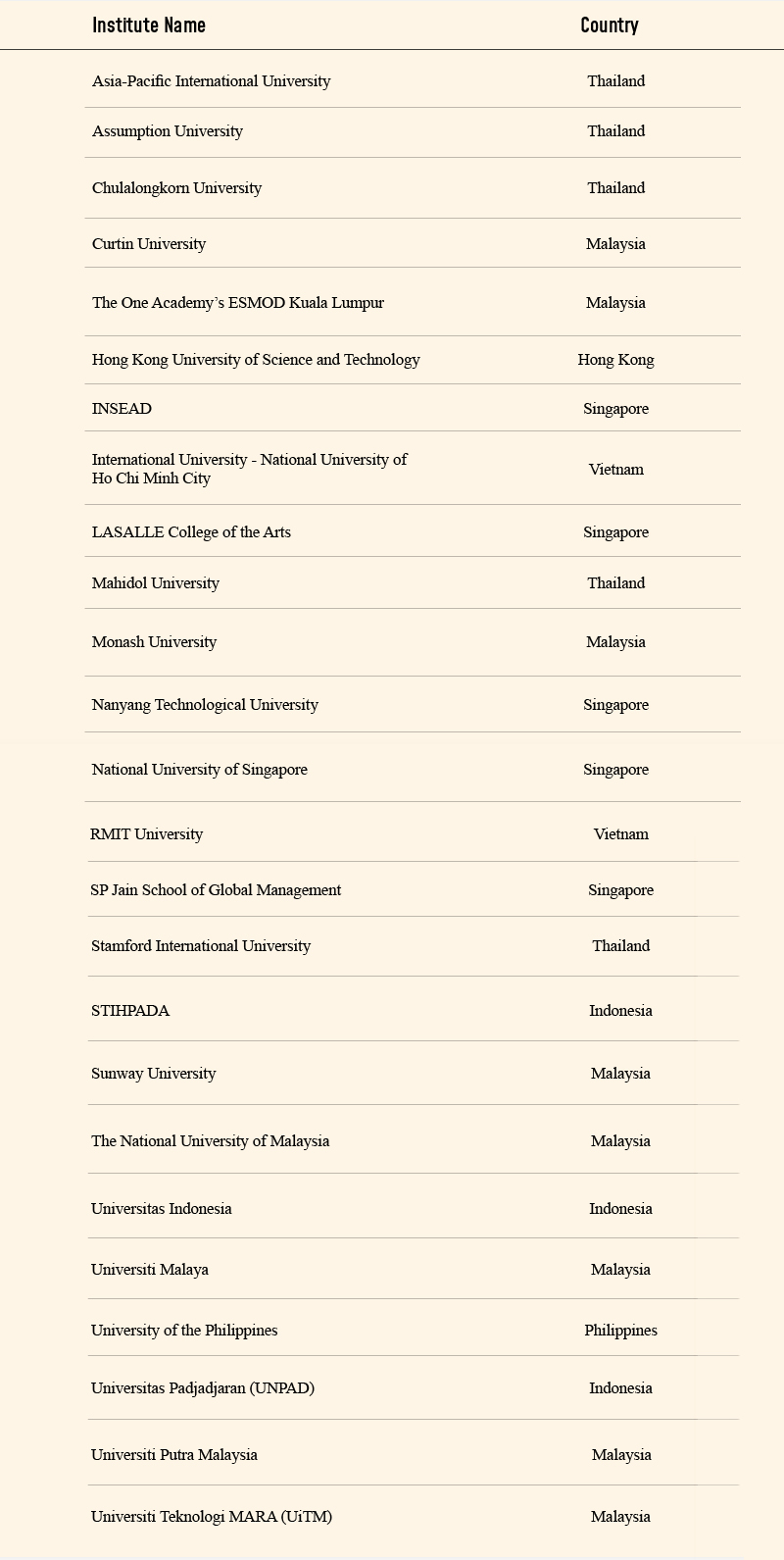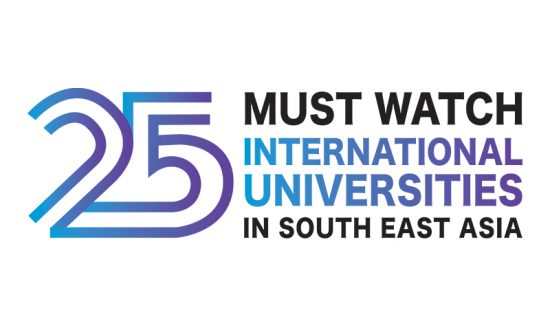IR 4.0. Ready or Not, Here It Is!
Industrial Revolution 4.0 is already here, and the question remains, are we ready? An era where the boundaries between hardware, software, and biology are blurred by advanced technologies sounds utopian, but again, are we ready for it? It is impressive to see Asia at the forefront of this revolution. While progress is still slow in the education sector, the potential that exists within it for technology is clear. Globally, 5% of GDP is being spent on education and those in the know are already predicting that investment in edtech will reach $250 billion by 2020.
However, as rosy as it seems, there is still the issue of rampant unemployment throughout the continent. The fear of tech replacing jobs only amplifies this dismal issue. According to Statistics Indonesia, among the 7 million unemployed, there appeared a large number of vocational school graduates. The fact that vocational school graduates comprise 11.3% of the unemployed, as against 8% of high school graduates and 12% of university or college graduates, the remainder having only a junior high or elementary education, shows a glaring mismatch between labour-market demand and the skills available. The situation is no different in Malaysia, either. Salaries for Malaysia’s fresh graduates are on the decline, mainly due to insufficient high-skilled jobs. A fresh graduate with a diploma earned a real salary of MY 1,376 (USD 337) in 2018, a drop from MYR 1,458 (USD 357) in 2010. Meanwhile, a masters’ degree holder earned a real salary of MYR 2,707 (USD 663) in 2018, also a decline from MY 2,923 in 2010. It should be clear by now that skill mismatch is at the top of list for reasons why our graduates are unemployed or are unable to land their dream job.
The need of the hour is an educational institution that can take the lead in redefining the current educational standards. Simply revising the curriculum just won’t cut it anymore. What graduates now require is re-visioning the entire curriculum. Education systems should focus on preparing human resources that are resilient, enduring, and continuously trainable, anchored on a mindset of entrepreneurship, innovativeness, creativity and sustainability.
The inaugural edition of the Higher Education Digest- Asia Pacific Edition delights in the success of universities that have been focusing on finding more effective and innovative solutions to prepare a new generation of learners to adapt and manage new technologies for better education and labour market outcomes, instead of worrying about when and how AI and robotics will take away jobs.
With the help of our advisory panel consisting of senior academicians and practicing industry professionals, we have come up with a list of “25 Must Watch International Universities in South East Asia”. We sincerely hope that our efforts in showcasing these prime universities will help young aspiring graduates, business leaders, curriculum providers, and other stakeholders in their respective educational journeys.
25 Must Watch International Universities in South East Asia





